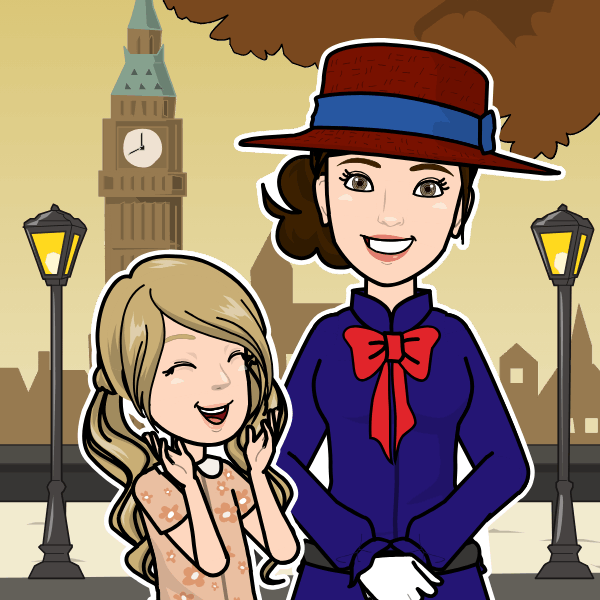Subject: ELA (English Language Arts)
Lesson Length: 45 mins - 1 hour
Topic: Conveying Emotion
Brief Description: Students will create a visual narrative that emphasizes their character's emotions through dialogue and images.
Know Before You Start: Students should be familiar with the concept of emojis, emoticons, and/or other examples of pictographs.
Hook:
- Ask students:
- “What makes a character in a story come to life? Think about your favorite books or movies. What do you remember most about the characters in those stories?”
- “Imagine you're watching a movie with the sound turned off. How would you know what the characters are feeling just by looking at their facial expressions and body language?”
- “Think about your favorite emoji or emoticon. How does a single symbol convey a feeling or emotion? How is this similar to how authors and filmmakers make characters' emotions come to life in stories?”
Activity:
- Have students choose a character from a book, movie, or their own imagination, and then write a short dialogue exchange between their chosen character and another character. The dialogue should focus on expressing the chosen character's emotions.
- Have students create a series of emojis that represent the character’s emotions during the dialogue exchange. Each emoji should correspond to a specific emotional moment in the conversation.
- Have students create a T-Chart with two columns. Label the left column "Emotion Conveyed" and the right column "Emojis."
- In the "Emotion Conveyed" column, have students write down the different emotions their character experiences during the dialogue exchange. Encourage them to be specific and list as many emotions as they can identify.
- In the "Emojis" column, ask students to match each emotion with one or more emojis that represent that emotion accurately. They can draw or write the emojis next to the corresponding emotions.
- Using the sample comic as a guide, have students create a comic that focuses on their character’s feelings through dialogue and pictures.
Closure:
- Have students share their comics with the class or in small groups.
- Have students explain the importance of how different word choices and imagery can impact the reader’s understanding of the character’s emotions.
- Emphasize the importance of choosing words and phrases for effect and using language precisely to convey emotions in storytelling.
Differentiation:
- Allow students to use the speech-to-text feature.
- Allow students to work in pairs or groups as needed.
- Allow students to use the voiceover feature to read their comics aloud.
Resources:
- Comic to print or display: Comic.
- T-Chart
- NPR: 100 Best Fictional Characters Since 1900
Suggested Content:
Suggested Story Starters:
 Romeo And Juliet
Romeo And Juliet
 A Wrinkle In Time
A Wrinkle In Time
 A Tree Grows In Brooklyn
A Tree Grows In Brooklyn
 To Kill A Mockingbird
To Kill A Mockingbird
 Gulliver's Travels
Gulliver's Travels
 Mary Poppins
Mary Poppins


